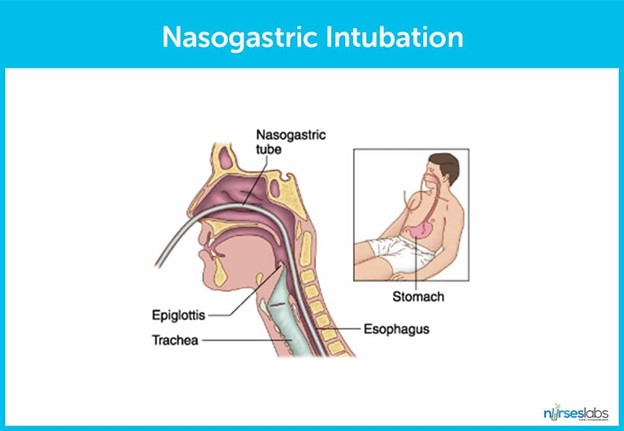When reviewing the medical record of a client who asks about the use of magnet therapy for pain relief, which of the following findings is a contraindication for receiving this type of therapy?
The client has a prescription for metoprolol.
The client is allergic to penicillin.
The client has an implanted defibrillator.
The client has a history of alcohol use disorder.
The Correct Answer is C
This is a contraindication for receiving magnet therapy for pain relief because the magnetic field generated by the therapy can interfere with the functioning of the implanted defibrillator.
Choice A is wrong because having a prescription for metoprolol is not a contraindication for receiving magnet therapy for pain relief.
Choice B is wrong because being allergic to penicillin is not a contraindication for receiving magnet therapy for pain relief.
Choice D is wrong because having a history of alcohol use disorder is not a contraindication for receiving magnet therapy for pain relief.
Nursing Test Bank
Naxlex Comprehensive Predictor Exams
Related Questions
Correct Answer is C
Explanation
The nurse should use the abbreviation “BRP” for bathroom privileges.
This is a commonly accepted abbreviation in the medical field and is used to indicate that a client has permission to use the bathroom.
Choice A is not the correct answer because “SC” is not a commonly accepted abbreviation for subcutaneous.
Instead, “SQ” or “SubQ” are more commonly used.
Choice B is not the correct answer because “SS” is not a commonly accepted abbreviation for sliding scale.
Instead, “Sliding Scale” should be written out in full to avoid confusion.
Choice D is not the correct answer because “OJ” is not a commonly accepted medical abbreviation for orange juice.
Instead, “orange juice” should be written out in full to avoid confusion.
Correct Answer is A
Explanation
Gastric residual of 300 mL at the end of the shift is an unexpected finding.
Gastric residual volume refers to the volume of fluid remaining in the stomach during enteral feeding.
A gastric residual volume of less than or equal to 500 mL every 6 hours is considered safe and indicates that the gastrointestinal tract is functioning.

Choice B is wrong because weight gain is expected during enteral feeding.
Choice C is wrong because a blood glucose level of 110 mg/dL is within the normal range.
Choice D is wrong because diarrhea can be a common side effect of enteral feeding.
Whether you are a student looking to ace your exams or a practicing nurse seeking to enhance your expertise , our nursing education contents will empower you with the confidence and competence to make a difference in the lives of patients and become a respected leader in the healthcare field.
Visit Naxlex, invest in your future and unlock endless possibilities with our unparalleled nursing education contents today
Report Wrong Answer on the Current Question
Do you disagree with the answer? If yes, what is your expected answer? Explain.
Kindly be descriptive with the issue you are facing.
